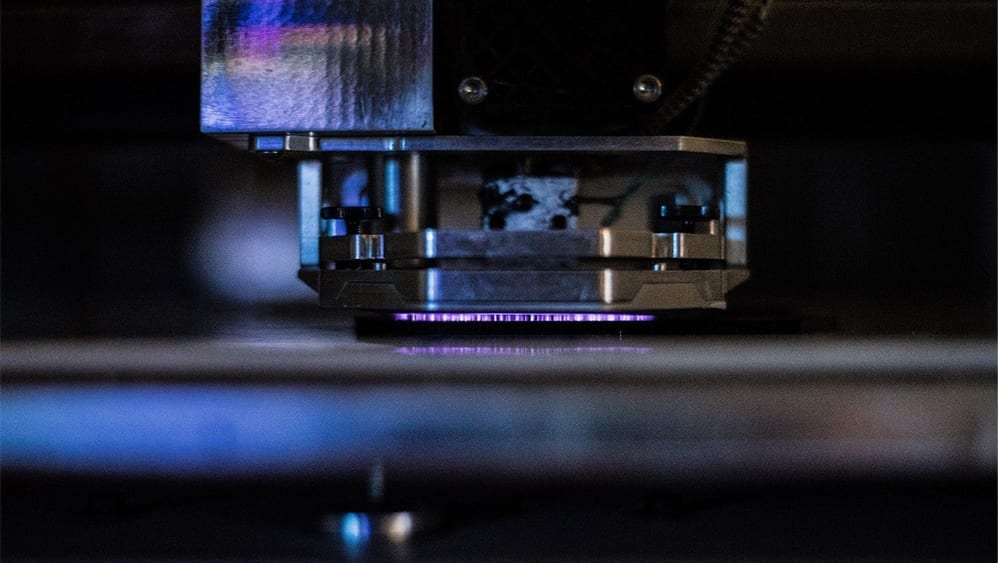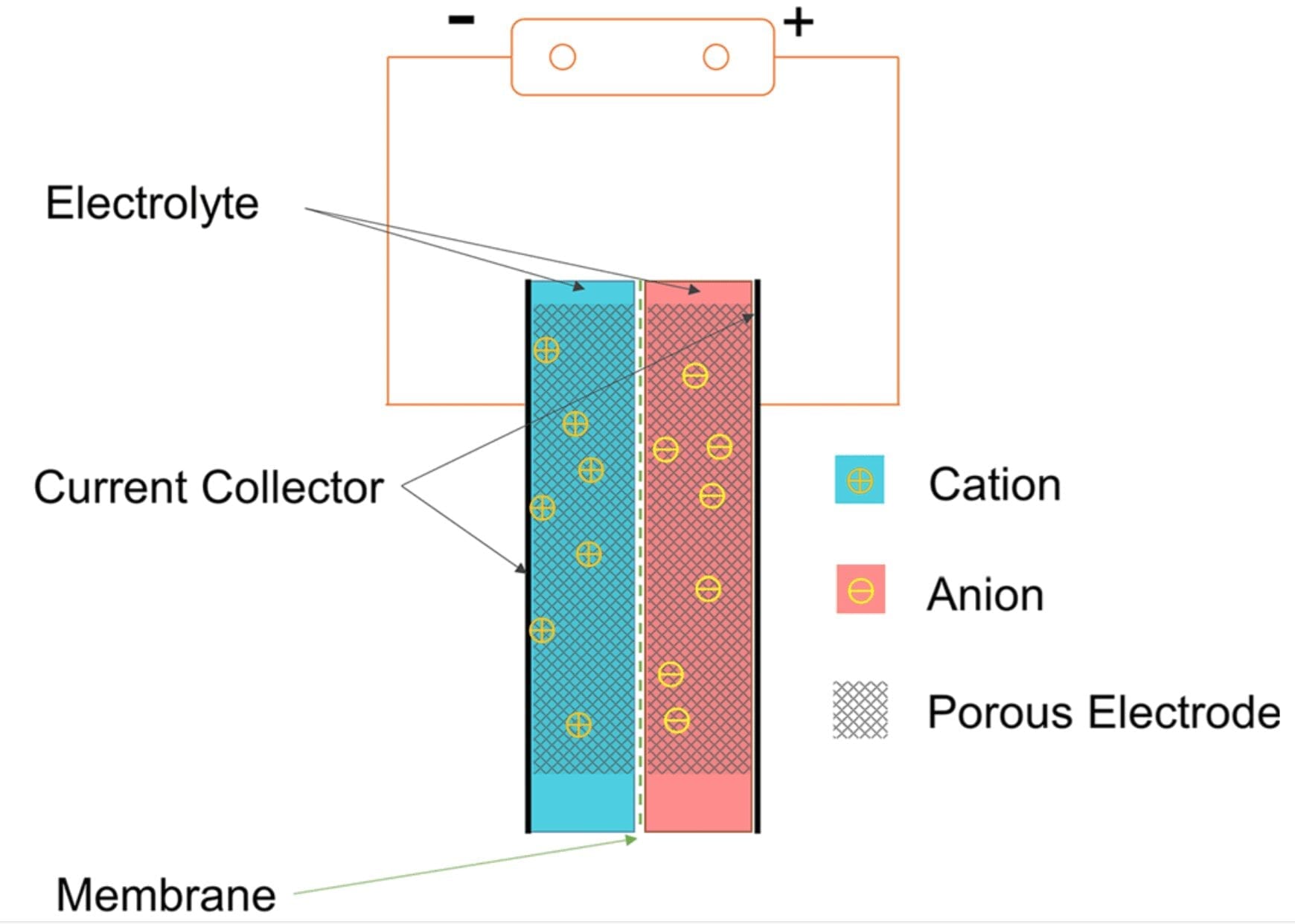TU Graz researcher Francesco Greco has developed ultra-light tattoo electrodes that are hardly noticeable on the skin and make long-term measurements of brain activity cheaper and easier.
In 2015 Francesco Greco, head of the Laboratory of Applied Materials for Printed and Soft electronics (LAMPSe) at the Institute of Solid State Physics at Graz University of Technology, developed so-called “tattoo electrodes” together with Italian scientists. These are conductive polymers that are printed using an inkjet printer on standard tattoo paper and then stuck to the skin like transfers to measure heart or muscle activity.
This type of electrode, optimised in 2018, opened up completely new paths in electrophysiological examinations, such as electrocardiography (ECG) or electromyography (EMG). Thanks to a thickness of 700 to 800 nanometres – that is about 100 times thinner than a human hair – the tattoos adapt to uneven skin and are hardly noticeable on the body. Moreover, the “tattoos” are dry electrodes; in contrast to gel electrodes, they work without a liquid interface and cannot dry out. They are excellently suited for long-term measurements. Even hairs growing through the tattoo do not interfere with the signal recording.
New generation of tattoo electrodes
Building on this pioneering achievement, Greco, together with Esma Ismailova (Department of Bioelectronics, École Nationale Supérieure des Mines de Saint-Étienne, France) and Laura Ferrari (The BioRobotics Institute, Scuola Superiore Sant’Anna, Italy), has now achieved a further milestone in the measurement of bioelectrical signals: the group has modified the tattoo electrodes in such a way that they can also be used in electroencephalography (EEG) – i.e. to measure brain activity.
What are tattoo electrodes? Francesco Greco explains it in this video
To do this, the researchers used the same approach as in 2018, i.e. inkjet printing of conductive polymer on tattoo paper. The composition and thickness of the transfer paper and conductive polymer have been optimized to achieve an even better connection between the tattoo electrode and the skin and to record the EEG signals with maximum quality, because: “Brain waves are in the low frequency range and EEG signals have a very low amplitude. They are much more difficult to capture in high quality than EMG or ECG signals,” explains Laura Ferrari, who worked on this project during her PhD and is now a postdoc researcher in France.
Tests under real clinical conditions have shown that the EEG measurement with the optimized tattoos is as successful as with conventional EEG electrodes. “Due to inkjet printing and the commercially available substrates, however, our tattoos are significantly less expensive than current EEG electrodes and also offer more advantages in terms of wearing comfort and long-term measurements in direct comparison,” says Greco.
First ever MEG-compatible dry electrodes
The new tattoo electrodes are the very first dry electrode type that is suitable for long-term EEG measurements and at the same time compatible with magneto-encephalography (MEG). MEG is a well-established method for monitoring brain activity, for which so far only so-called “wet electrodes” can be used. Such electrodes work on the basis of electrolyte, gel or an electrode paste, and thus dry out quickly and are unsuitable for long-term measurements. The new generation of tattoo electrodes consists exclusively of conductive polymers, i.e. it does not contain any metals which can be problematic for MEG examinations, and is printed exclusively with inkjet. “With our method, we produce the perfect MEG-compatible electrode while reducing costs and production time,” says Greco happily. The TU Graz researcher is currently spinning ideas on how this technology can be used in clinics and in neuroengineering as well as in the field of brain computer interfaces.
The Latest Updates from Bing News & Google News
Go deeper with Bing News on:
Tattoo electrodes
- Company History - Rasi Electrodes
The Company has commenced commercial production of welding electrodes in the month of January 1995. The phase I of the project for a production capacity of 900 tpa has been completed and the phase ...
- Cost-effective nanorod electrodes for molecular hydrogen production
The electrodes having high specific electrochemical surface area, low overpotential for both half-cell reactions (HER and OER), and negligible degradation, performed exceptionally well providing a ...
- 6 Unexpected Benefits Of Having Tattoos
Tattoos have evolved from mere body art to a deeper form of self-expression and identity. But beyond their aesthetics, tattoos offer a myriad of physical and emotional benefits. Each time you get ...
- Troops and Tattoos: A History in Ink
Amid the turmoil that Vietnam brought, troops got tattoos, in part, to find meaning in the military they were drafted into – memorial and “moto” tattoos became popular, like crossed M-16s on ...
- 22 Birth Flower Tattoos to Celebrate You
Each year brings new tattoo trends, but some styles prove they are here to stay. Floral designs, for instance, stand out as a timeless go-to for many tattoo lovers, and it's not hard to see why.
Go deeper with Google Headlines on:
Tattoo electrodes
[google_news title=”” keyword=”tattoo electrodes” num_posts=”5″ blurb_length=”0″ show_thumb=”left”]
Go deeper with Bing News on:
MEG-compatible dry electrodes
- Dragonfly Energy Reports Fourth Quarter 2023 and Full Year Financial Results
At the forefront of domestic lithium battery cell production, Dragonfly Energy’s patented dry electrode manufacturing process can deliver chemistry-agnostic power solutions for a broad spectrum ...
- Dragonfly Energy’s domestic battery manufacturing validated for cost-effectiveness and sustainability
A cost and sustainability assessment concludes Dragonfly Energy’s patented dry electrode battery manufacturing process is scalable, more cost-effective, and more sustainable than the current ...
- Dragonfly Energy’s Domestic Battery Manufacturing Validated for Cost Effectiveness and Sustainability
The assessment highlights significant cost and sustainability improvements made by Dragonfly Energy’s patented dry electrode battery manufacturing process when compared to the state-of-the-art ...
- What’s The Difference Between Dry Cleaning vs. Pressed Laundry
Fabric Compatibility: Dry Cleaning: Ideal for delicate fabrics such as silk, wool, and cashmere, which may be damaged by water-based methods. Pressed Laundry: Suitable for everyday fabrics like ...
- Wearable ECG patch could save millions of heart disease patients
The new study, published in the journal Applied Physics Reviews, instead focused on the advantages of using active dry electrodes for ECG signaling and ultimately demonstrated an effective and ...
Go deeper with Google Headlines on:
MEG-compatible dry electrodes
[google_news title=”” keyword=”MEG-compatible dry electrodes” num_posts=”5″ blurb_length=”0″ show_thumb=”left”]











